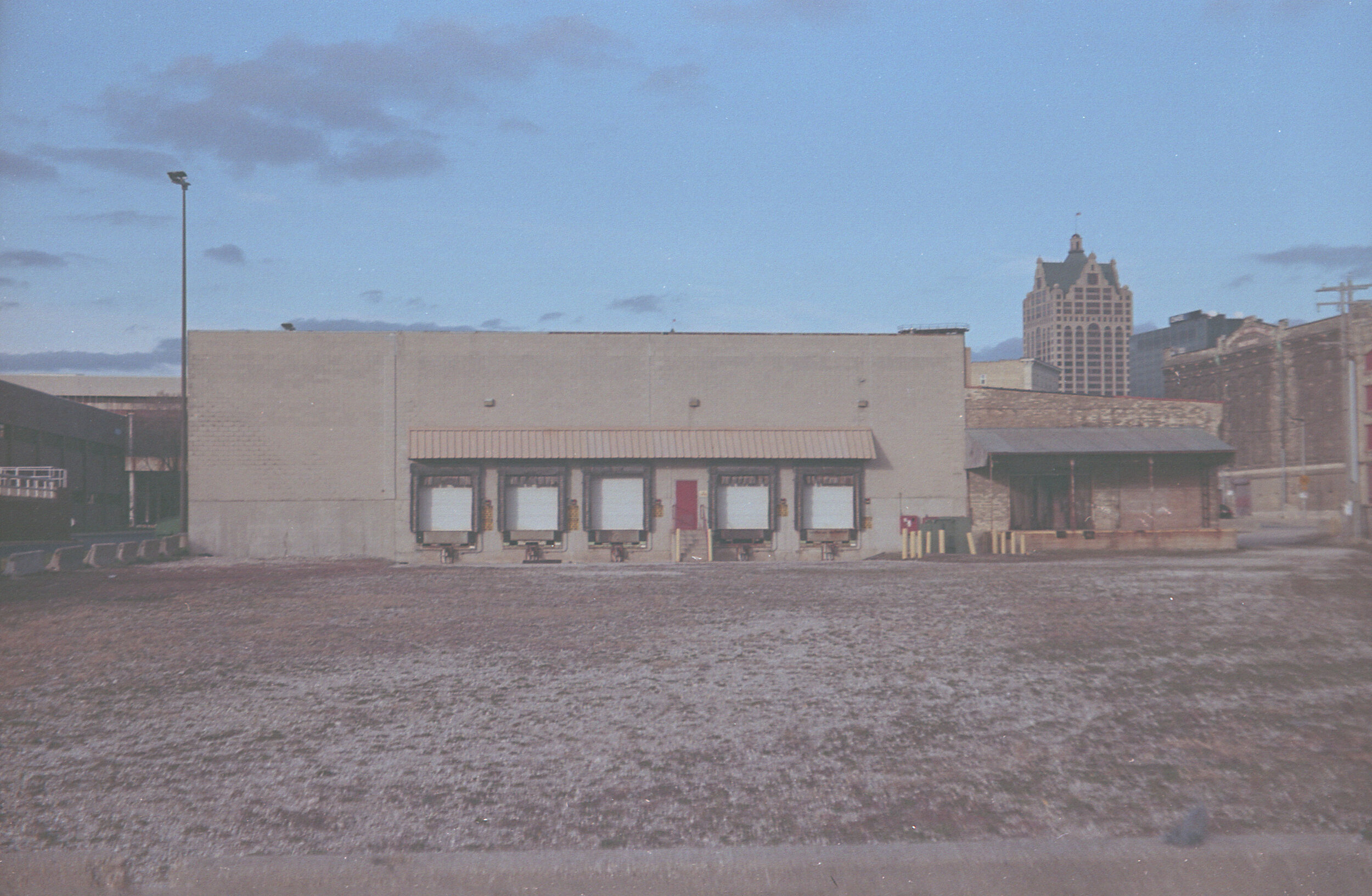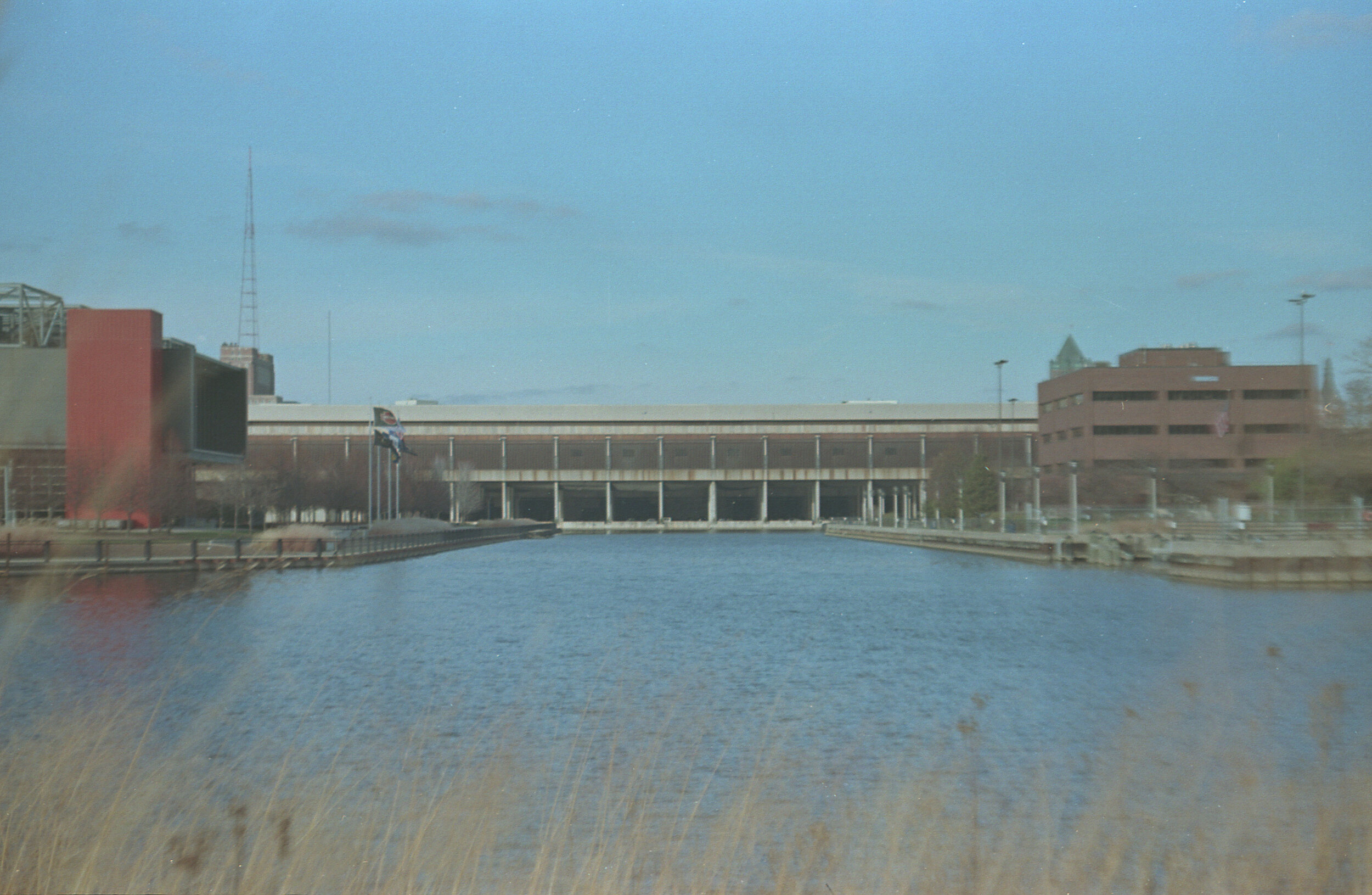December 7th 2020
Halina Paulette EE II
Right off the bat, most people have never even heard of the brand Halina. Under the umbrella of Haking Enterprises, they were once the largest manufacturers of cameras, producing lower cost and cheaper plastic versions. Starting around the 1950s in Hong Kong, Haking was creating quite a lot of cameras. Even later on producing some under the guise of other brand names such as Ansco in the late 70s. Early cameras were of metal construction and reasonable quality, but once the manufacturer moved to plastic injection molding, the cameras became of notably lesser quality. A decade or so into the injection molding business model for Haking, they released a ‘higher end’ model to their line of scale focus cameras in the mid 1970s, the Halina Paulette EE II.
The Questionable Quality
Looking at the Halina Paulette EE II, it sure looks the part. Coming out in the early to mid 1970s, this camera has every feature you would expect for a scale focus camera of the era; the general look and style of one too. Think in the same vein as a higher end Kodak Instamatic. A silver matte and chrome body with a large black leatherette area make up the bulk of the design. At a distance, no one would know this is a plastic body camera. But it’s not entirely plastic, the lens is a mix of plastic and aluminum parts. Oddly the EE II has a bit of weight to it. The usual suspected areas where one would hide artificial weights were non existent, so it’s safe to say a lot of the weight is in the lens and shutter mechanism. Still not close to the weight of an average camera of that size, but enough to feel substantial.
This is a manually controlled camera with the addition of a selenium meter and corresponding EV scale on the lens. When looking through the viewfinder, there is absolutely no information but frame lines and even a part of the lens blocking the lower right hand corner of the frame. Starting from the top you have a standard hot shoe in the middle and rewind crank to the left. Another flash option is a PC port located on the front of the camera to the right of the lens. The shutter button is to the right side and features an every day Philips screw to thread into the cable release. To the right of that is the most interesting and unique feature for this type of camera, the selenium meter. A scale from 7 to 17 can be seen, and you go off of the number the red needle points to and match it with the same number in a small window on the lens. The sensor of the meter is right below the readout, so you can better aim at the subject. Nothing is on the backside of the camera apart from a normal feeling winding lever. On the bottom side of the camera, you have the typical rewind release button and tripod socket, along with the oddly placed frame counter. A bit in the style of some German or Balda cameras.
Moving to the main controls of the camera, on the very end of the lens is the way you focus. At a distance in meters going from infinity and 10 to 1 meter with a reasonably short throw. You have shutter speeds behind that going from 1/250 to 1/30 of a second and bulb. Behind that is the aperture scale going from f/2.8 to f/16. A small window can be seen in front of the aperture selection and corresponds to the EV scale on the meter readout. Lastly, the way to change the ASA for the meter is with a small knob that you push to line up with the number under the lens. That is all for a somewhat simple but fully mechanical camera, with an uncoupled meter.
THE SPECS AND FEATURES
Shutter Speeds - 1/250th to 1/30th of a second and bulb
Aperture - f/2.8 to f/16
Meter Type - selenium cell, uncoupled
Shutter - non descript
ASA - 25 to 400
Lens - 45mm Halinar Anastigmat f/2.8, infinity/10 to 1 meter
Flash Option - hot shoe or PC socket
Batteries - None
Film Type - 35mm
Other Notable Features - front element focusing, mostly plastic, frame counter on bottom
The Experience
I never intended to own this camera, or even went out looking for a Halina. I saw the typical Halina 35X reviews and mentions of its less than stellar image quality and never gave a second thought to picking one up. This was until a camera lot arrived in the mail one day with this unsuspecting camera inside it. From the pictures, I assumed it was metal, I was only half wrong. The plastic shell of the camera feels solid enough, and the camera has a surprising amount of weight to it. I believe there is an inner metal body, with the plastic shell to be the decorative outside. The lens and shutter mechanism may be the weight as well, but either way, it doesn’t have a cheap feel to it.
It took me a fair bit of time to get to this camera, but once I picked it up and put it through its paces, did I see the whole Halina philosophy. The results were lo-fi with a strange color tinge to them, defiantly a different look to most cameras I have used. Controlling the camera was really a breeze to use, being familiar with the EV system and even easily used with an external meter. Focusing was a bit of a challenge being a scale focus camera, but I seemed to hit the mark in most situations. The aperture on this camera is kind of funky though. It has two blades, going down to a literal square at f/16, and something you would see on cheaper cameras creating a unique look to the pictures.
With the pictures I came away with I can see the appeal of the lo-fi look. This camera has some wicked blur around the edges of every picture regardless of aperture. Some pictures it looked great in and others not so much. You definitely have to plan for that in the shots that you take. I was not expecting tack sharp pictures anyways, so I ended up with some pretty interesting photos.
This camera is not for everyone. It has the whole Lomo look and feel to the photographs, but with real camera controls and a built in meter. If you are into that kind of photography or want to try something new, I would say give the Halina Paulette EE II or another Halina camera a try. I enjoyed using the camera and was very excited to see the results. I would highly recommend trying your hand at using this lo-fi camera and see what kind of pictures you take.







